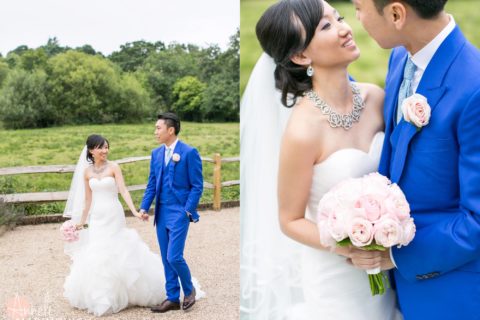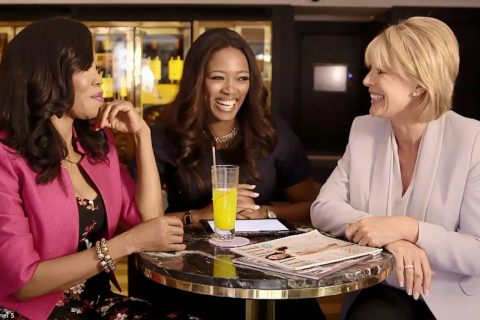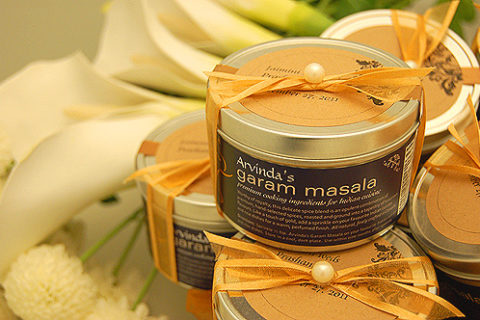Calligraphy
Calligraphy

The ancient art of elegantly curved and curly handwriting, calligraphy has its root in Greek: kalli, meaning beautiful, and graphical, meaning writing. If you are looking for a special, elegant wedding and want formal, yet personalised, invites to match, calligraphy is the perfect way to go. Costs implications You may choose gigantic curves or luxurious lines; calligraphy adds a personal touch that reflects the style of your event. Hand crafted luxury look may cost you more money than you bargained for, but opting for that painstakingly hand craft touch to your wedding stationary can lend itself to a cost of £4 per envelope (for less-experienced calligraphers) to £8 (elaborate jobs by seasoned professionals) per envelope.
For an entire invitation (inner and outer envelopes, plus return address on response cards), the price jumps to extreme amounts.. Choosing the right Script There are many styles to choose from. It may seem awe-inspiring at first, in the end, your main choice should look boundless with the printed script on your invites and, at the same time, reflect your wedding style. Bear in mind too, that most have variations and/or can be made-to-order to match your invitation typeface. Most common styles. • Italic By far the most popular, this simple “hand”-or “style”-looks good on any paper. Italic letters slant upward to the right and are based on an oval shape, with the width of the letters usually half of their height. Created with a broad-tipped pen, the lines are clean and crisp. Multiple variations of italic include Chancery (sharper and more formal), Scroll (which resembles cursive handwriting), Straight (less formal), and Flourished (which is enhanced with a calligrapher’s personal touch). Good for: semi-formal ceremonies such as a Sunday afternoon wedding. • Copperplate Scripted with a pointed pen hand-dipped in ink, this style uses pressure to create thick and thin lines. Developed in Europe during the 17th and 18th centuries, Copperplate is a graceful hand most famously exemplified in the Declaration of Independence. It is one of the most difficult alphabets for a calligrapher (due to the slow process of applying and releasing pressure on the nib); therefore, it tends to be the most expensive. As with Italic, there are endless variations. Rook, for example, has exaggerated curls, while Sloop boasts capital letters with elongated curves. Good for: setting a romantic mood. • Gothic Also called Old English or Black hand, Gothic is a very formal, heavy hand written with a broad-tipped pen. Good for: theme or period weddings. • Uncial Uncial (pronounced “un-seal”) is one of the oldest styles of handwritten alphabets, though its straightforward style has contemporary flair. Used in Greek and Latin manuscripts of the 4th to 8th centuries A.D., this rounded and stylized alphabet is mostly all caps, with the letters about the same height and width. Good for: Irish-themed affairs and for matching simple print typefaces. • Roman Developed by Italian scholars in the 14th century, the classic, clear, round alphabet of Roman lettering is one of the most recognized of all styles. The subtle serifs of Roman calligraphy make it less formal than its related print typeface. Two variations: Antique Roman, a stately script with capital letters that are much taller than its lowercase, and Roman Capitals, a typeface similar to traditional Roman but all caps. Good for: showers and other casual parties. • Spenserian Ornate and flourished, Spenserian is a formal offshoot of Copperplate that dates back to the 18th century. Created with a pointed pen, the thick and thin lines create sophisticated letter forms and rhythms within the script. Good for: matching unusual printed scripts, as Spenserian has no set alphabet for calligraphers to follow. • London London is hand lettering made to look like a printed typeface. Based on the Spenserian hand, it is beautifully classic, formal, and highly readable. It can be scripted with or without loops on the ascending letters. Good for: sophisticated city affairs. Finding Your Calligrapher Your stationer or printer can usually refer you to local calligraphers, and online portfolios of calligraphers’ work can be found on the Internet. You can also ask friends for recommendations if you favoured the lettering on their invites. Most calligraphers require roughly 10 to 14 days to address 100 invitations. Keep in mind, though, that if you are getting married during a popular month (May through October), more time may be needed, especially if you are looking for something elaborate (designs, scrolls, and so on). Be sure to double-check the turnaround time. Recurring motifs To carry the formal look of calligraphy throughout your wedding event, consider adding a little swirly script to the programs, reception cards, escort cards, place cards, table numbers, favour tags, dinner menus, and more! Making the final choice Before you hire, you’ll want to agree the fees, ask about minimum orders, obtain a list of references, and check each of your prospects’ backgrounds. A calligrapher should have a degree or certificate in the arts, but some simply have the learned talent and experience. Ask how long they’ve been in the business and how much work they cover each year. Quality does come with experience, You’ll also want to show each calligrapher your invitation and ask for a font sample before you make a final decision. The key to good calligraphy has always been consistency: Shape, stroke, weight, spacing, and rhythm are all factors in letter perfection. So be sure to survey as many samples of lettering designs from each calligrapher as possible. Avoiding Errors Once you’ve made your final decision, you’ll be asked to give your calligrapher a typed (handwritten lists, even if legible, may introduce errors). Be sure to check your list twice and make sure that someone else familiar with the names takes a careful look as well. To make it easy to follow, leaving little room for error, lay out your list in an orderly, three-line format: Mr and Mrs Amelia Dawson 234, Green Street Golden gate, London W1 6DJ Still, what to do if your calligrapher spells your Aunt Millie’s name with a “y”? Will you have to pay for the correction or are re-dos done free of charge? It probably depends on whose mistake it is — hers or yours — but do get the answer in writing before you hand over the envelopes and addresses. When ordering your invitations, make sure to order extra envelopes just in case there is a slip-up. It is usual to order 25-percent extra for error out of your control. Finishing Touches When you receive the finished product from your calligrapher, check and double-check each invite and envelope. Remember, your invitations are the first tangible example your guests will have of your wedding, and they can go a long way toward setting the tone, whilst ensuring the eager anticipation for your big day.












